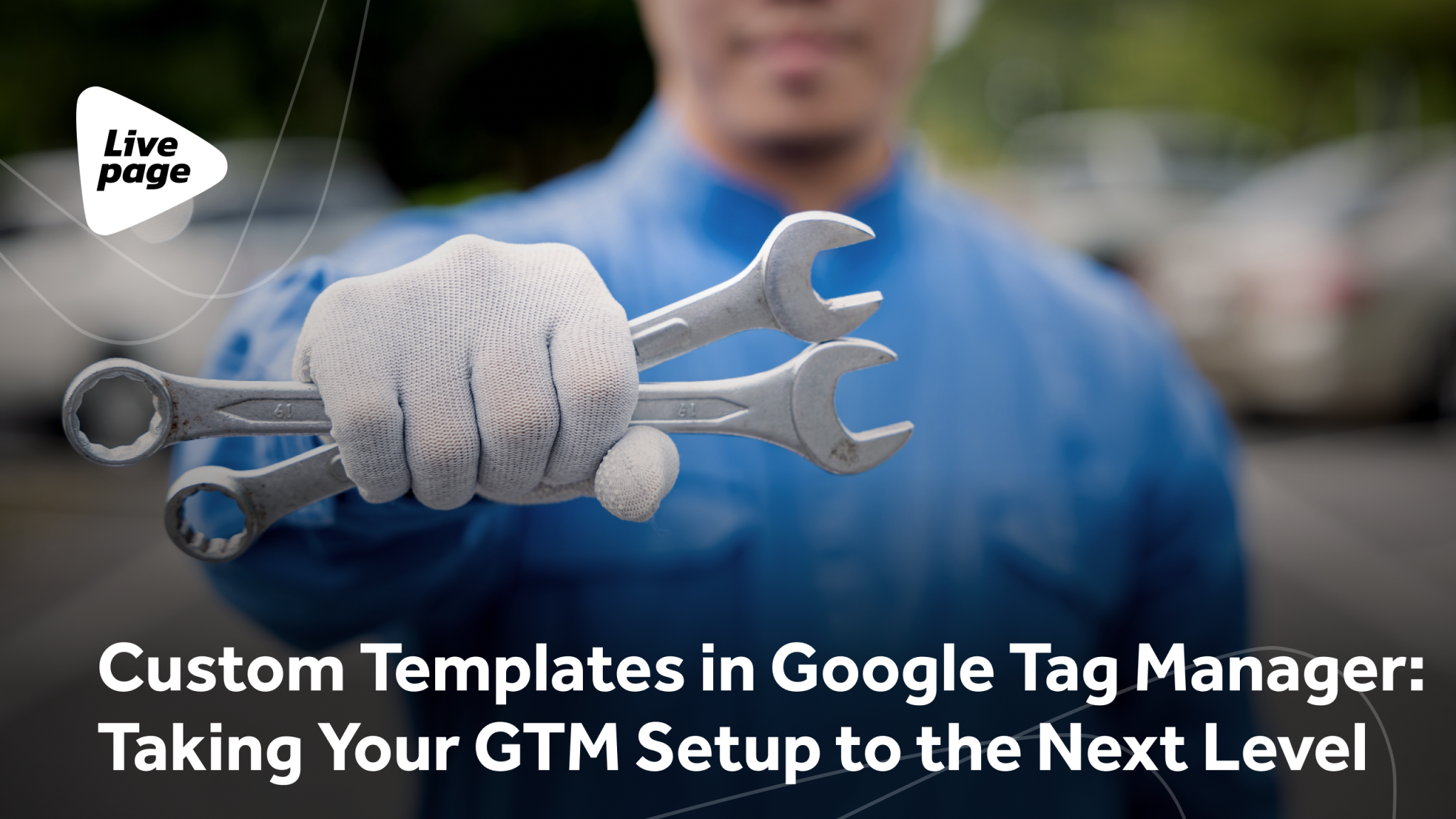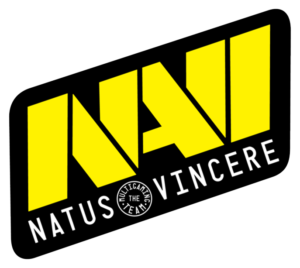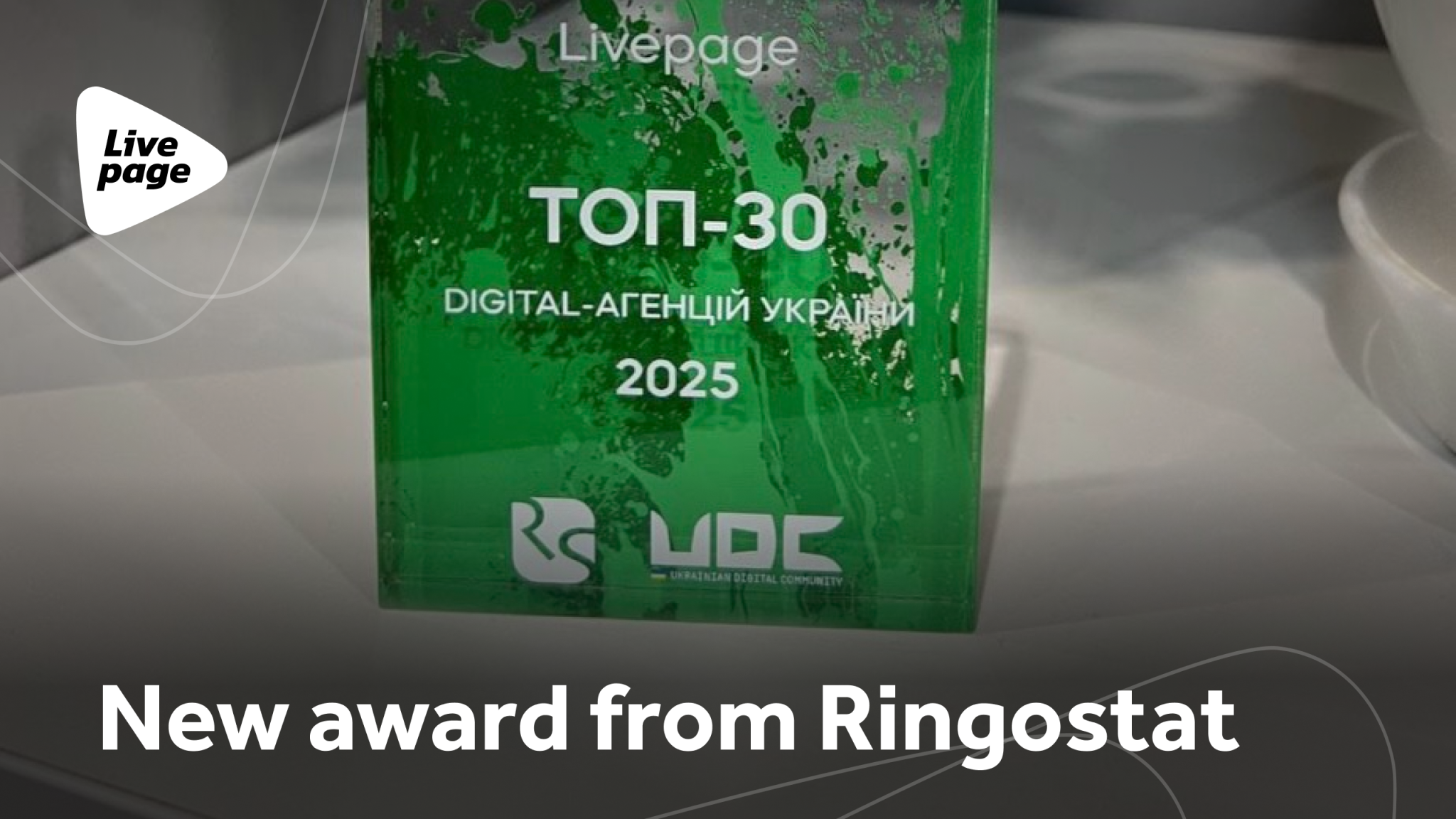
12 Must-Have Email Marketing Automations for eCommerce
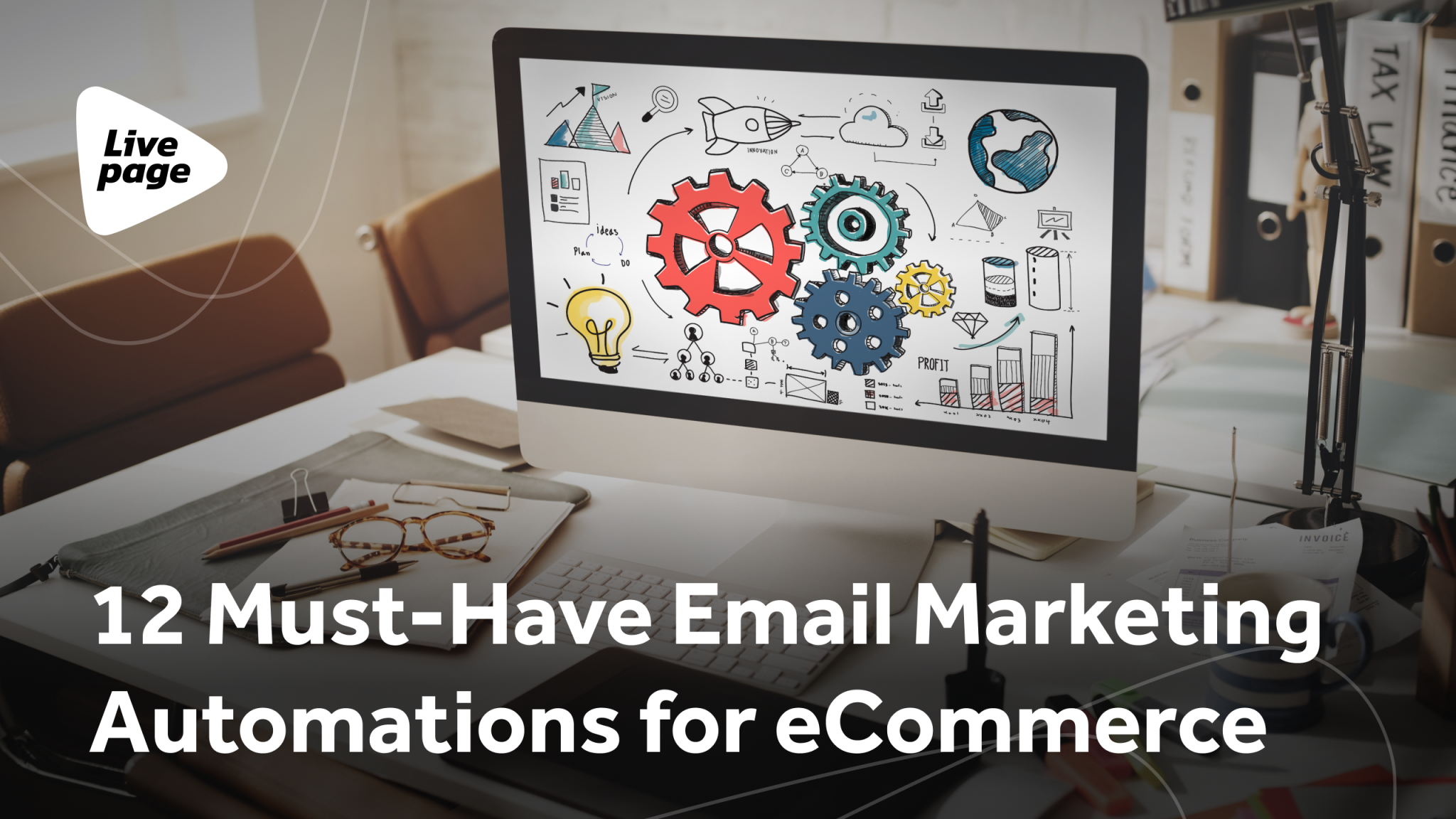
For online stores, email marketing remains one of the most effective tools for interacting with customers and increasing sales. However, to maximize its potential, it is important to use automation. Automation allows not only to save time and resources but also to personalize communication with customers, increasing their engagement and loyalty.
Automated scripts are chains of letters triggered and terminated by a specific condition: user action (or inaction) within the site. Must-have trigger emails automation for ecommerce are customer birthday emails, abandoned carts and views, order and delivery status notifications, welcome series, customer reactivation, price drop notifications, and seven more scenarios we’ll cover in this article. They will help you, or your email marketing automation agency, optimize your marketing efforts, boost conversions, and increase revenue. Regardless of the size of your business, these strategies will help you create an effective email communication system that works for you 24/7.
Welcome Series
As style icon Coco Chanel said, “You never get a second chance to make a first impression.” And she is right. Your welcome email series is your chance to make it memorable. This automation is triggered when a new user subscribes to your newsletter or creates an account.
Key elements of the letter series:
- A welcome message thanking you for joining;
- A brief overview of your brand and values;
- Exclusive discount offer for the first purchase.
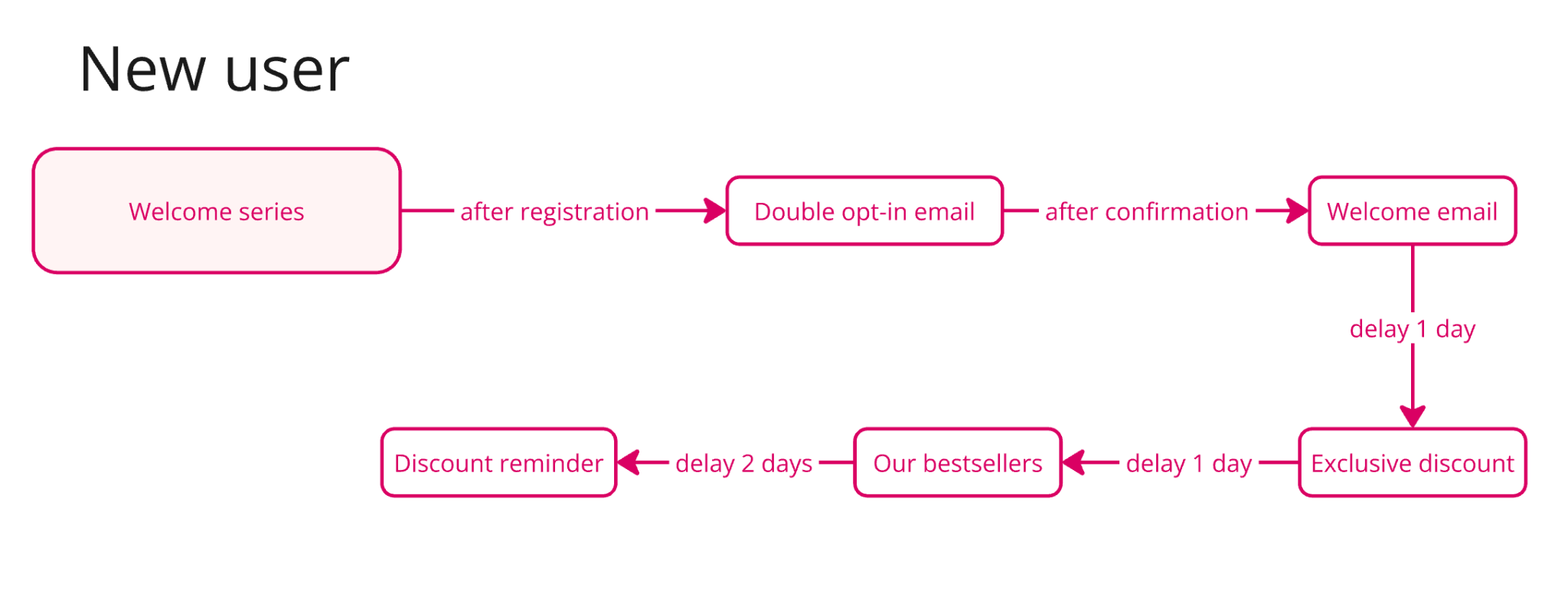
Abandonment Carts and Abandoned Views Reminders
Abandoned carts and bounces are lost sales opportunities, but with the right automation, you can win back a significant portion of those customers. According to Moosend, 45% of abandoned cart emails are opened, 21% are clicked, and 50% of clickers complete a purchase.
Script setting strategy:
- Send the first email 1–2 hours after the cart is abandoned;
- Use a series of 2–3 sheets over 24–72 hours;
- Add all information about the items in your client’s cart, including name, price, and image;
- Offer an incentive to complete the purchase, such as free shipping or a discount.
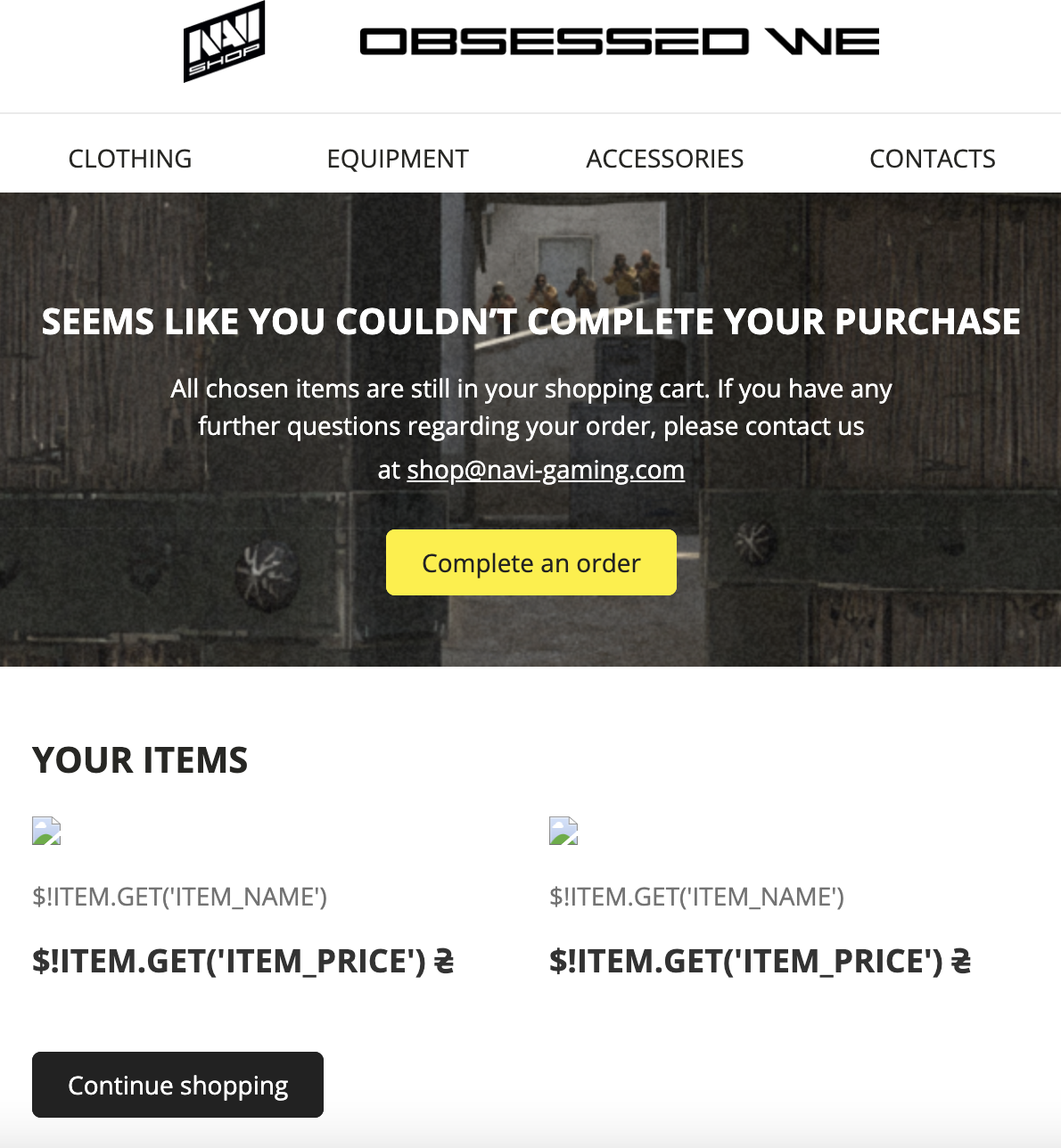
Order Status Follow-Ups
Post-purchase automation at various customer journey stages helps strengthen customer relationships and drive repeat purchases.
Script setting strategy:
- Set up triggers for each stage of the order process (confirmation, processing, shipping, delivery);
- If applicable, include order details, tracking information, and estimated delivery dates.
NAVI Shop sends emails after each purchase, including order confirmation, delivery status updates, and product feedback requests.
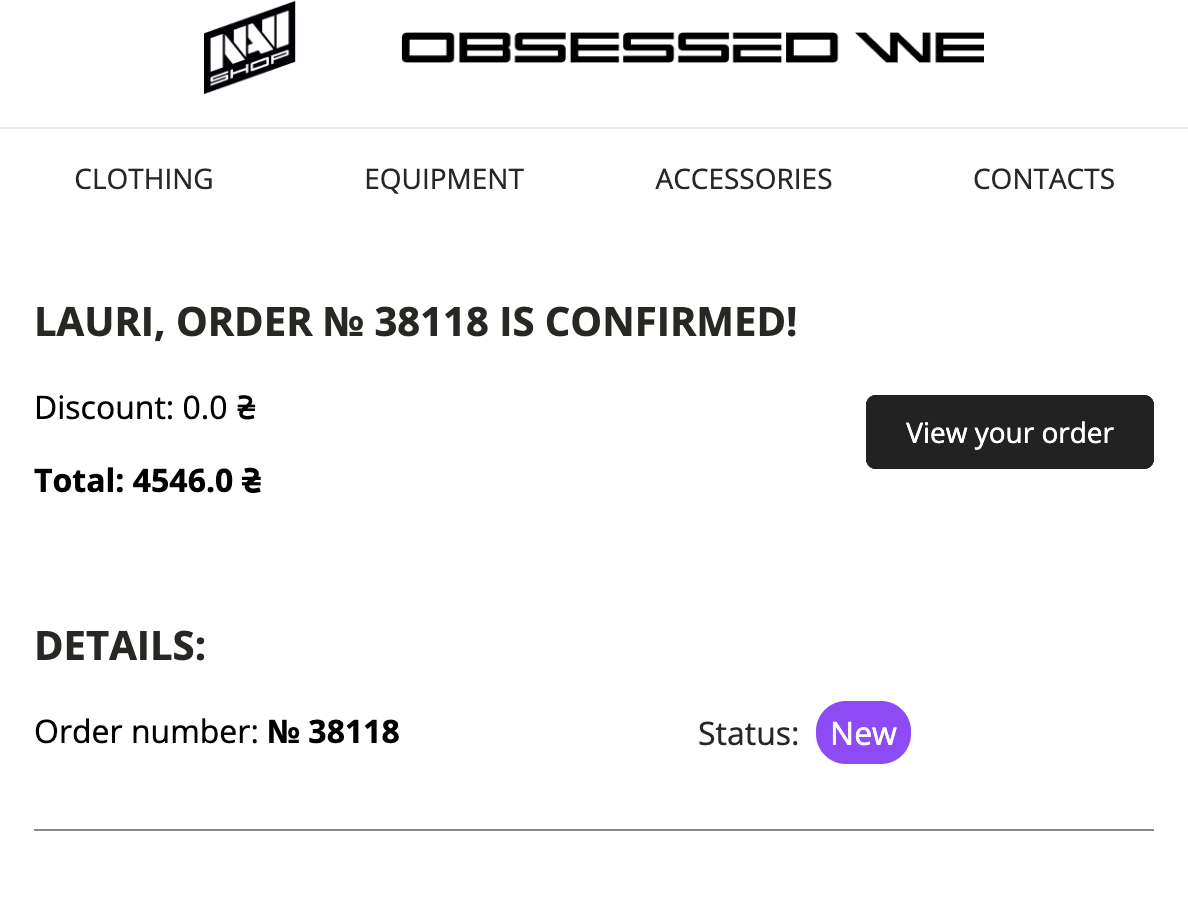
Expiration of Points or Cashback Notifications
This email marketing automation strategy for eCommerce focuses on driving customers through your loyalty program, reminding them of available points or cashback, and encouraging them to use those rewards before they expire. According to Bond Brand Loyalty, 79% of consumers say loyalty programs increase the likelihood of continued brand engagement.
Key points of the scenario:
- Set up triggers based on score balance and expiration dates;
- Create personalized emails with information about a customer’s current reward balance;
- Add recommended products based on the customer’s previous purchases and browsing history.
Sephora’s Beauty Insider program sends regular emails reminding members of their points balance and showcasing products for which they can redeem their points.
Happy Birthday And Registration Anniversary Emails
Personalized birthday or anniversary greetings are a great way to show your customers that you appreciate them.
Key elements of the script:
- Personalized greeting;
- Special offer or gift.
On the customer’s birthday, Puma sends an email with a promotional code for a 20% discount, which can be used for the next purchase.
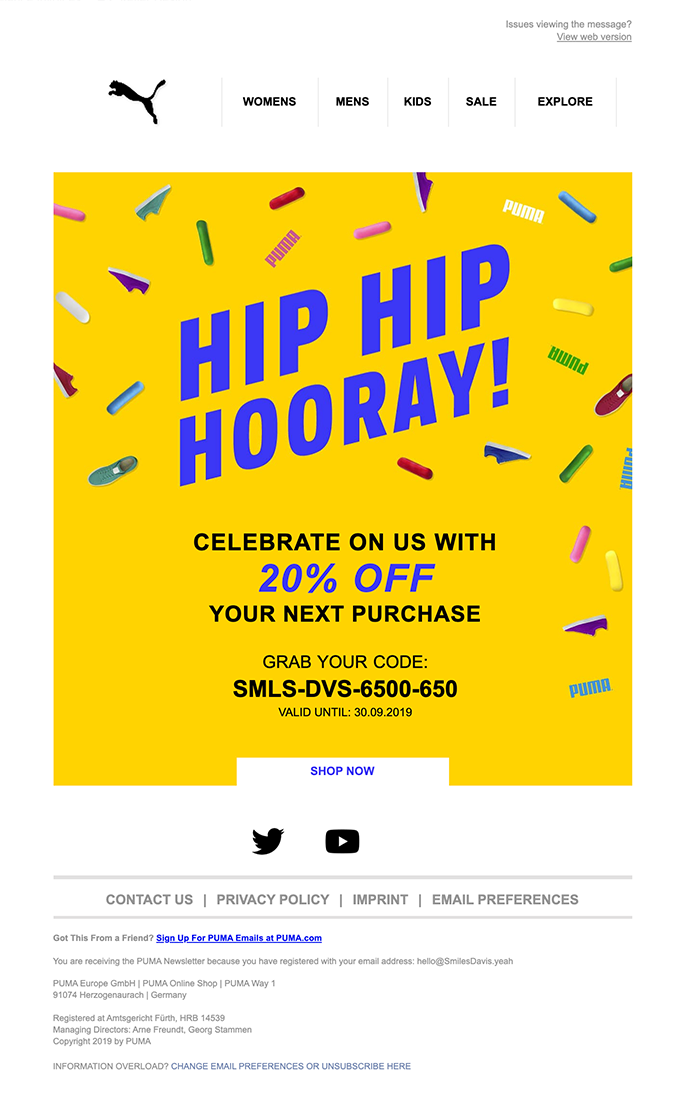
Personal Recommendations
According to Barilliance, customized product recommendations can increase conversions by 150%. Thus, email marketing automation for eCommerce product recommendations based on customer purchase history and behavior can significantly increase average check and purchase frequency.
Script setting strategy:
- Use data about previous purchases and product views;
- Segment your audience by interests and behavior;
- Create personalized recommendations for each segment.
Inactive Clients Reactivation
This eCommerce email automation strategy targets customers who haven’t purchased in a while.
Key points of the scenario:
- Define a period of inactivity (e.g., 3–6 months without purchases);
- Create a series of email messages with attractive offers;
- Remind about the benefits of your brand;
- Offer an exclusive return discount.
Script setting strategy:
- Segment your inactive customers based on their past purchases and preferences;
- Create a multi-stage reactivation campaign (usually 3–4 emails over 2–3 weeks);
- Send an email highlighting new products or features they may have missed;
- Send a survey asking why they have yet to be in touch lately;
- Complete email with a strong incentive, such as a deep discount or free shipping.
Dropbox successfully uses eCommerce email marketing automation, reminding users about unused space on their accounts and offering updates.
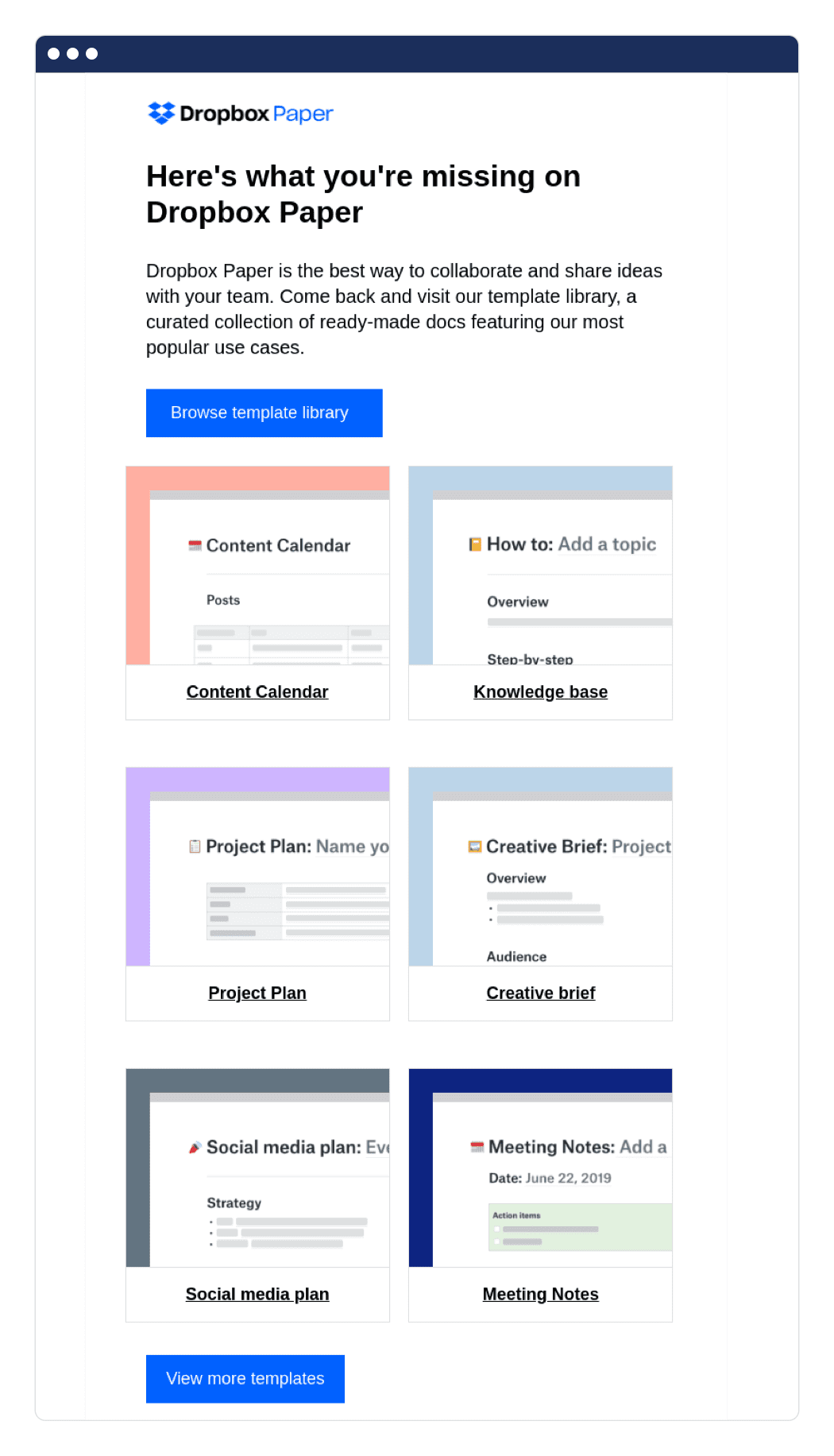
Price Reduction And Product Availability Updates
This email automation for eCommerce notify customers about products they’ve shown interest in, encouraging them to complete their purchases.
Script setting strategy:
- Set up triggers for price changes and inventory updates.
One of the simplest yet effective email automation examples for eCommerce is seen in Wayfair, which sends automated emails to customers when items they’ve viewed or wishlist become available.
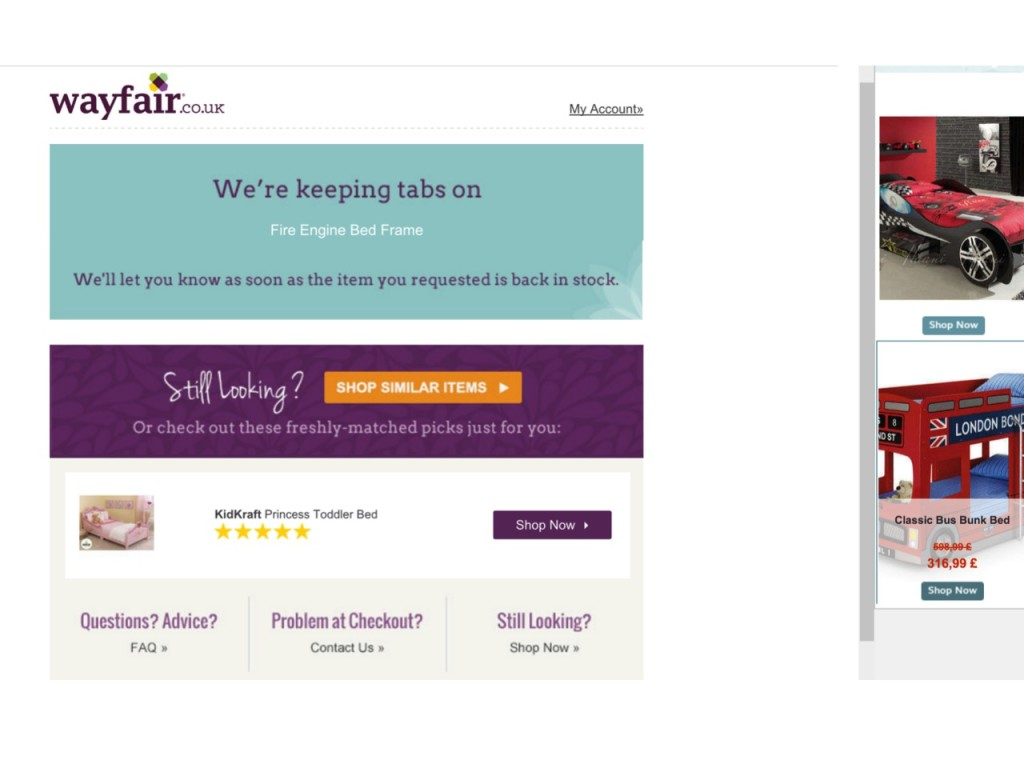
Notifications About New Products
Targeting customers who are actively interested in your new products or are making regular purchases is probably the most obvious out of all email automation ideas for eCommerce.
Script setting strategy:
- Segment your contact based on past purchases or interests to be able to send relevant news and updates. For example, if users buy products in a specific category (clothing, gadgets, etc.), send them personalized messages with new products.
Survey/Request For Feedback About The Purchased Product
A survey or feedback request is essential for building brand trust and improving customer interactions.
Script setting strategy:
- eCommerce email automation should be set up a few days after the product is received when the client has already had time to test it.
Key elements of the script:
- Send the letter 7–10 days after the order is delivered to give the customer time to use the product;
- Offer a discount or review bonus that motivates more customers to leave a review;
- Use simple forms or integrated feedback systems to make the process as convenient.
ASOS has masterfully used trigger emails to collect feedback on products purchased. After each purchase, users are automatically prompted to leave a review or rate the product.

Reminder That The Product Is Running Out
This eCommerce email marketing automation strategy is designed to proactively notify customers when an item they’ve been viewing or adding to their wishlist or cart is about to run out of stock. Such a trigger can significantly increase conversions, creating a sense of urgency and fear of loss. This script is best used for popular or exclusive items.
In this case, one of the best email marketing automation examples for eCommerce is Zara. It regularly uses low-stock notifications when customers browse certain products. Their emails visualize the product with the words “Only a few left!” and a button to add it quickly to the cart. This encourages shoppers not to delay their purchase, especially for trendy or seasonal items that may no longer be available.
The End Of The Warranty Period Alert
It is important to offer customers options to extend the warranty or buy an updated product model. This approach builds trust and encourages repeat purchases. Automation that reminds the customer about the end of the warranty should be sent several weeks before the expiration date.
Apple has successfully used this scenario for their products. A few weeks before the end of AppleCare, customers receive emails with an offer to extend warranty service or exchange the device for a new one under particular conditions. This allows Apple to retain customers and encourages repeat purchases.
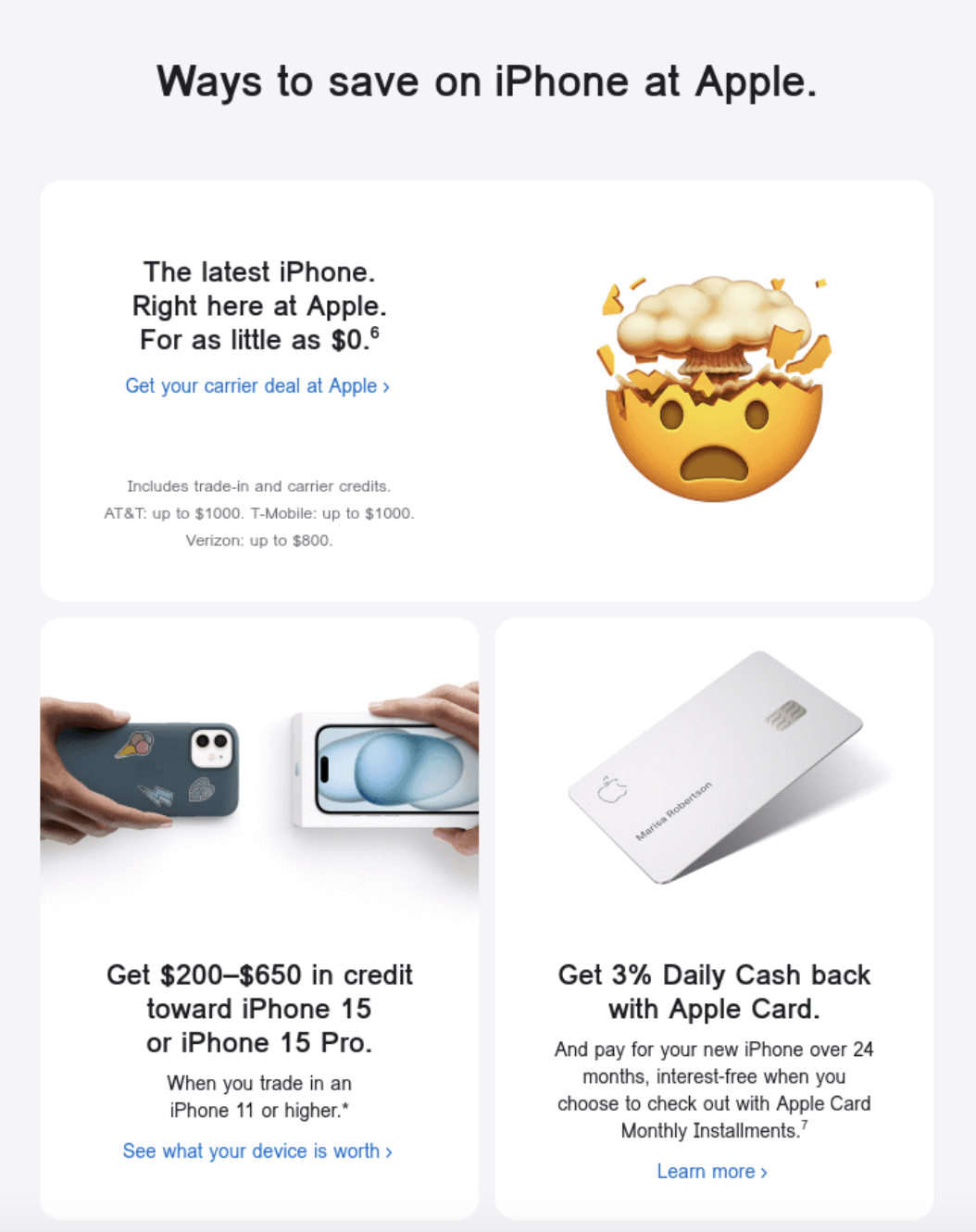
Conclusion
Implementing these 12 must-have email marketing automation for eCommerce can dramatically improve your marketing results, boost customer loyalty, and increase sales. Automation allows you to create a personalized experience for each customer while saving time and resources.
Remember to regularly analyze the effectiveness of your eCommerce email automation strategy and optimize it based on the data you receive. Experiment with different approaches, test different message options, and constantly improve your strategy of email marketing for eCommerce.
Start implementing this eCommerce email automation today and watch your business transform, delivering a better customer experience and sustainable revenue growth. Being an email marketing audit agency and providing email marketing services, or eCommerce marketing services, our Livepage team is ready to help you at every stage of setting up effective email automation so that your marketing works at its maximum.





